Finally, the European distribution market is showing the signs of wear and tear. The second quarter of 2019 finally showed the long-expected slowdown of the components distribution market in Europe, largely in line with the overall market trends.
According to DMASS, the European Semiconductor Distribution Market declined 1% to 2.32bn Euro in Q2.
Georg Steinberger, chairman of DMASS commented: “As stated in our last announcement, the slowdown was expected, due to weaker bookings in the prior periods, and it will continue during the year. Influencing factors split between industry-internal reasons – overcapacity in memories, long inventory tail at big customers, lacklustre sales in consumer products, suppliers taking back business from distribution and subsequent price declines – and macro-effects like trade conflicts, Brexit and economic uncertainty throughout the industry, despite excellent opportunities. Combined with DTAM to TAM changes all have an effect on continued price pressure, which overall is influencing the magnitude of the downturn we see.”
At country and region level, Q2 presents a very disparate picture, from double-digit growth in smaller countries to double-digit decline in medium-sized markets like Italy, Israel and Russia. Among the major markets, Germany grew by 0.1% to 681m Euro, Italy shrank by 11.3% to 200m Euro, France dropped 3.9% to 155m Euro, UK (without Ireland) grew by 4.2% to 155m Euro, Eastern Europe by 4% to 406m Euro and Scandinavia by 3% to 207m Euro.
Said Steinberger: “As the regional markets are very different in structure and customer nature, it is no surprise to see differences as described above. In EMS-driven markets in Nordic and Eastern Europe, all trends from double-digit growth to double-digit decline are visible in Q2, while for example the UK despite all Brexit anxiety holds up rather nicely for another quarter. The Italian market on the other hand lost 11.3% compared to last year, is negative for the second quarter and faces a long, hot summer quarter.”
At the product level, almost every area turned negative, except some selected Power, Sensors, Optoelectronics, Analogue, Memory and Logic categories.
Analogue products grew 1.5% to 687m Euro, MOS Micro slipped 5.6% to 455m Euros, Power grew 2.6% to 258m Euros, Memories declined 0.8% to 206m Euro and Optoelectronics lost 8.4% to 203m Euro.
While Programmable Logic dropped by 4% to 147m Euro, Other Logic soared a staggering 19.3% to 137m Euro.
“Last quarter looks a bit awkward if you compare products that are connected through project-driven sales,” observed Georg Steinberger. “Analogue grows while MOS Micro declines, Programmable Logic drops while ASSPs clearly explode, Opto and LEDs decline, Sensors grow. If you would pick a real setback, it would probably be the disappointing LED business. To be noted positively are Power-MOS which has grown to the second-biggest product category in distribution, only outperformed by Power Management. And Digital Logic is slowly starting to overtake Programmable Logic. Comrade Trend says hello…”
On prospects for the rest of the year in a shaky environment, Steinberger is loathe to forecast: “Distribution is well positioned, excellently organised and more predictable than the rest of the market. It is about time that the real value of what we do for the industry is properly recognised by both sides of the supply chain.”


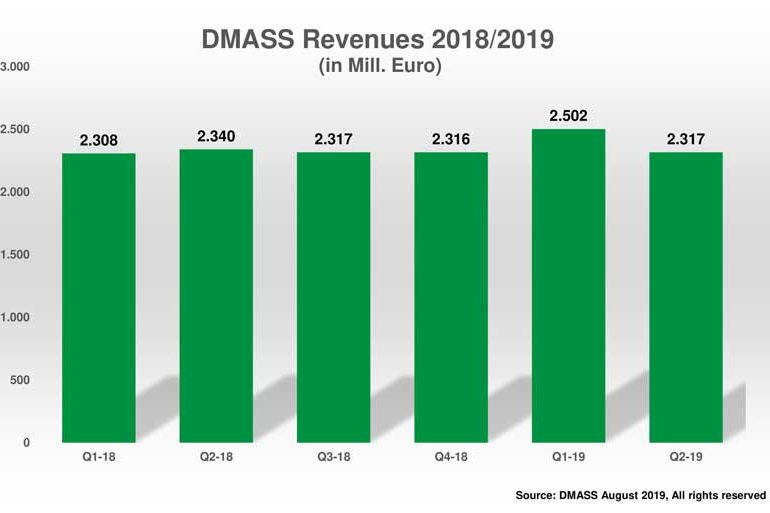

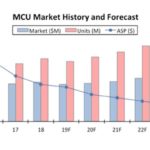

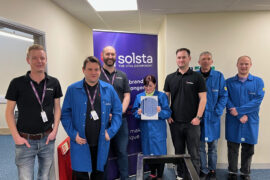

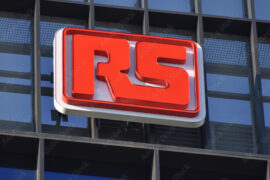
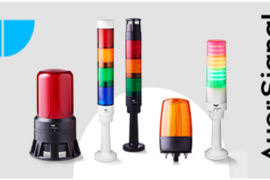

Comments are closed.